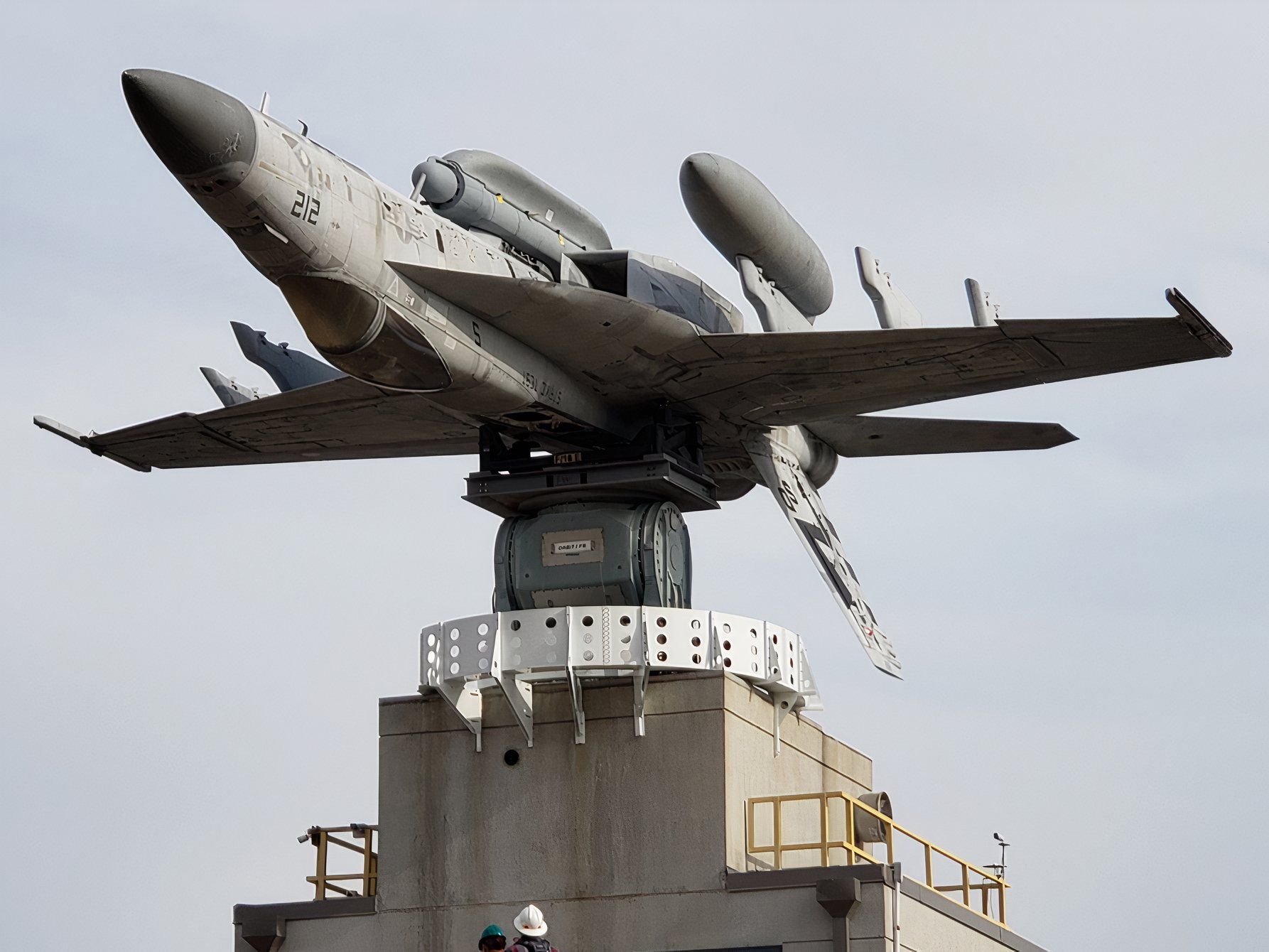Summary L3Harris plans to develop advanced low-band jammers. The new jammer pod increases jamming capability and range. The pod will counter lower-frequency radar threats effectively.
The Boeing EA-18G Growler will receive another Next Generation Jammer (NGJ) in the low-band jammer to address low-frequency threats on the electromagnetic spectrum. On August 26, Naval Air Systems Command (NAVAIR) awarded a $587,386,007 cost-plus-incentive-fee contract for the design, production, and delivery for engineering and manufacturing development of the Next Generation Jammer Low Band program for the US Navy and Royal Australian Air Force Boeing EA-18G Growlers to be due in a year. The next-generation jammer low-band pod will address the growing threat from lower-frequency search radars.

“It’s about owning the spectrum” For L3Harris, a firm that works on defense communications solutions – and those communications are at lower frequencies on the electromagnetic spectrum – working on jamming those same frequencies is a simple extension of current work. As more threat radar systems use lower frequency radars to search for low observable aircraft, the need to jam those lower frequency radars rises, so the radars are overwhelmed by energy and therefore cannot see. To assist in making threat tracking radars less effective, there is a Next Generation Jammer (NGJ) variant being put into service in Raytheon’s Next Generation Jammer Mid Band to address targeting radars.
Last year, Simple Flying covered this pod’s first documented trip to NAS Whidbey Island’s Naval Outlying Field Coupeville: A basic explainer about the Boeing EA-18G Growler and its new Next Generation Jammer pods. In an August 10, 2023 L3Harris op-ed , Randy Smith, L3Harris project manager of the Next Generation Jammer program, shared, “It’s about owning the spectrum. If we can figure out how to prevent people from jamming our communications, we can do the inverse and jam radars and their communications.
” As John Ghosh, L3Harris Technologies Business Development director, explained in an op-ed published on August 10, 2023, these lower-frequency radars might not have the same tracking ability as a higher-frequency synthetic aperture radar. Still, they can send a long-range weapon with its seeker downrange to intercept air threats at a distance. Hence, there is an enhanced need for a low-band jammer as the Next Generation Jammer-Low Band is pictured above.
A low-band jammer can also deal with communication frequencies like VHF, which denies communications to an adversary. What is enhanced about the Next Generation Jammer-Low Band? The L3Harris Next Generation Jammer-Low Band brings enhancements like high Equivalent, Isotopically Radiated Power (EIRP), and tailored waveforms to increase the number of targets the pod can service with jamming. Additionally, the new and more aerodynamic pod comes with a longer range and a full 360-degree jamming capability, so the threats are always under jamming no matter where the EA-18G Growler platform is turning.
The pressing need for the pod A good example of why the pod is that the Russians have developed the Nebo SVU surveillance lower-frequency radar that broadcasts in the VHF frequency band of 1-10 m wavelength of 30-300 MHz, which is considered low frequency as the radio wave is not so intense but most low observable aircraft are not designed to reduce reflections of those radar waves. For reference, most tracking radars, like synthetic aperture radars, work in the 2.5-3.
75-centimeter range, which is many magnitudes more intense at 8-12 GHz, and those radars low observable aircraft like the B-2, B-21, and F-117A, F-22, and F-35 can reduce their radar return to such radars dramatically. Additionally, according to the L3Harris August 10, 2023, op-ed, in the words of L3Harris project manager Smith, “It’s all about being able to jam today and tomorrow at the maximum standoff distance to safeguard America’s assets and people. The nation needs to be able to move quickly and go after emerging threats.
That’s why we have been aggressive and spent a significant amount of time in engineering and designing systems that will move our customers forward. We continue to invest in and leverage existing capabilities to maintain that promise.” With the new pods, the Boeing EA-18G Growler flying platform will be able to carry new jamming pods that will make the Nebo family of radars ineffective.
Bottom line Ultimately, in an L3Harris December 21, 2020, statement, Dana Mehnert, President of L3Harris Communication Systems Segment, shared that when the contract to deliver prototype jammer pods was granted, “The Next-Generation Jammer Low Band contract highlights L3Harris’ long-standing commitment to support the U.S. Navy’s mission to maintain superiority on land, sea and in the air.
The selection of L3Harris demonstrates our company’s strength as a technology prime to provide a truly unique solution that meets the Navy’s need to address all contested environments.” The US Navy and the Royal Australian Air Force will receive from L3Harris a new jamming pod that will be more flexible, jam more, and at a longer range with newer technologies. The jamming provided by these pods will complement and strengthen the aircraft protected by both air forces’ Boeing EA-18G Growlers by reducing detectability.
.



















